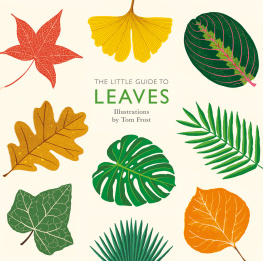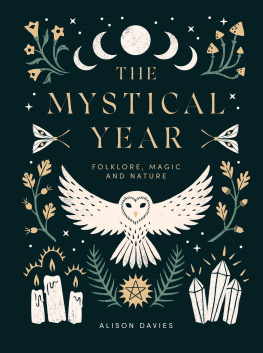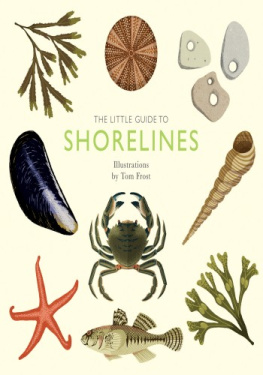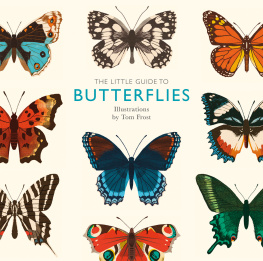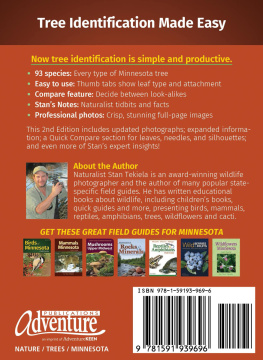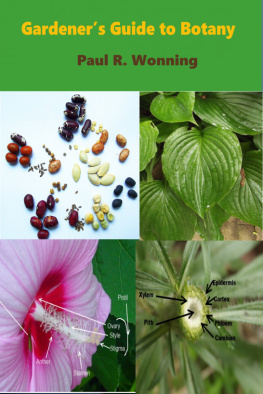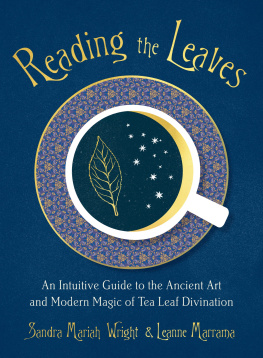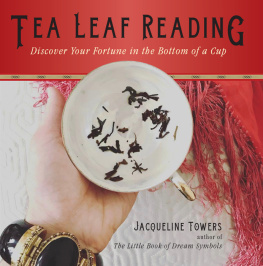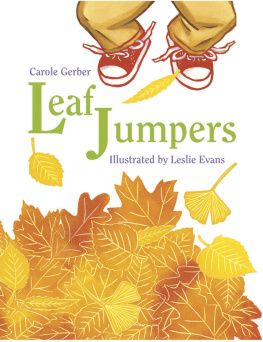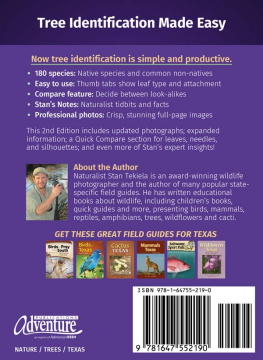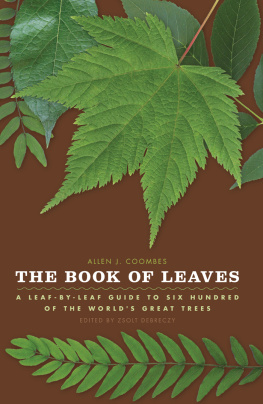Contents
Look at any plant or tree, any densely wooded glade, and your vision will be stirredby a riot of colour and texture. Youll see a variety of shapes, some curved or roughlyjagged with sharp little teeth or bustling feather-like fronds, others spectacularlyuniform, in perfect symmetry as if sketched by a great master.
The beautiful flesh upon the skeletal landscape of any plant or tree is the leaves,adding character and so much more as the prints in this book illustrate. Each leafis unique, whether delicately patterned or tribal in its hue, and its not just avisual feast that it provides; theres usually a story behind it a reason why itcurves or leans a certain way, a narrative to explain the deeper meaning and howthe ancients saw it as a gift of nature. From the poisonous Ivy, whose toxic foliagewas considered a symbol of intellectual prowess by the ancient Romans, to the strikingSwiss Cheese Plant with leaves that stretch and tear in a bid to catch the sunsrays, this book offers up some of the finest specimens from around the world. Theintricately detailed images assist in identifying the plant or tree and a combinationof fascinating facts and folklore helps you understand the power of nature and theimpact of an ever-changing environment. The Spotters Guide at the back of the bookis quick and easy to navigate, with all the key points that youll need for youradventures with flora. Whether youre an avid fan of nature rambles or a pure beginner,this book is the perfect accompaniment.
Open the pages, delve into the undergrowth and let Mother Nature reveal her leafyextravaganza!
Acer pseudoplatanus
FAMILY NAME Sapindaceae
CHARACTERISTICS Leaves measure 7 to 16cm (3 to 6in) and have 5 lobes
HABITAT Woodlands and urban areas; can also be found by the coast
DISTRIBUTION Most of central and southern Europe; has been introducedto the UK, Belgium, the Netherlands, Scandinavia, New Zealand and North and SouthAmerica
FLOWERS AND FRUIT The flowers hang in spikes and are green-yellow incolour. Once pollinated, female flowers turn into winged fruits called samaras
The wood from the Sycamore tree is commonly used to craft the backs, necks and scrollsof violins. The timber is strong with a fine grain, which also makes it ideal foruse in furniture. It was first introduced to the UK in the 17th century, but itsreputation goes back much further. Its North American cousins, which grow to mammothproportions, were called ghosts of the forest by the Native Americans who consideredthem a tree of magic and mystery. In Montgomeryshire, Wales, it was thought thatif you planted a Sycamore tree it would keep the fairies at bay and stop them fromspoiling the milk.
Acer saccharinum
FAMILY NAME Sapindaceae
CHARACTERISTICS Leaves with 5 deep, serrated lobes, up to 15cm (6in)long
HABITAT Most commonly grows along waterways and in wetlands
DISTRIBUTION North-eastern United States
FLOWERS AND FRUIT Small, reddish flowers appear before the leaves inearly spring. Winged fruits, called samaras, contain a single seed
Sometimes called the Water or Swamp Maple because of its preference for damp, wateryareas, the tree was associated with longevity by the Native American Indians. Theyused its bark in medicines, and to make tools and furniture. The leaves have a silveryunderside that is often exposed by the breeze, and in autumn they can turn from apale yellow to a burnt orange shade. A fast grower, this tree is often planted alongstreets and in urban developments.
Aesculus hippocastanum
FAMILY NAME Hippocastanaceae
CHARACTERISTICS 5 to 7 toothed leaflets radiate from a central stem;each leaflet is approximately 25cm (10in) long
HABITAT Parks, gardens, streets; thrives in most soil types
DISTRIBUTION Europe, Asia, North America
FLOWERS AND FRUIT Large, upright clusters of white and pink flowers inspring; once pollinated they turn into spiky, green husks each containing a rich,brown conker
Introduced into the UK from Turkey in the 16th century, Horse Chestnut sustains awide variety of wildlife flowers provide nectar for many insects, especially bees;caterpillars feed on its leaves; and many mammals eat conkers. In Greek mythology,the chestnut is associated with Zeus, the king of the gods, and with fertility, abundanceand good fortune. Today, this tree provides the essential part of a popular Britishchildrens game called conkers. The seed is threaded onto string so that playerscan swing them against each other and knock out their opponents conker.
Alocasia amazonica
FAMILY NAME Araceae
CHARACTERISTICS Arrow-shaped leaves with wavy edges and conspicuousveins and purple undersides, up to 30cm (12in) long
HABITAT Gardens and humid environments
DISTRIBUTION This plant is a hybrid originally bred from Asian parentsin Florida, USA
FLOWERS AND FRUIT Greenish yellow boat-shaped flowers, followed by red-orangefruit
Despite its exotic name, this plant isnt from the Amazon and does not grow naturallyin rainforests. Its named after the nursery in Florida where it was first bred.Also known as the African Mask and the Jewel Alocasia, this pretty shrub is a popularchoice for verandas and gardens and can be grown indoors at the right temperature.All parts of the plant contain irritant calcium oxalate crystals that are extremelytoxic and produce a stinging and swelling effect on mucous membranes if ingested.
Asparagus setaceus
FAMILY NAME Asparagaceae
CHARACTERISTICS Up to 15 leaf-like cladodes, 7mm (in) long, covereach stem
HABITAT Forests and coastal scrub areas
DISTRIBUTION Native to Southern Africa (has become an invasive weed inAustralia)
FRUITS AND FLOWERS Green-white bell-shaped flowers, followed by small,green toxic berries that blacken with age
This ornamental-looking but invasive plant is also known as the Common AsparagusFern, Lace Fern and sometimes the Brides Bouquet Fern, probably because of the softfern-like foliage used to fill out floral arrangements. Swift to grow, this bushyevergreen perennial herb is not a true fern. It has spiny stems that tend to extendbetween 3 and 6 metres (10 and 20 feet) in height. Flattened shoots, known as cladodes,create the appearance of leaves, from which the flowers and fruits grow.

